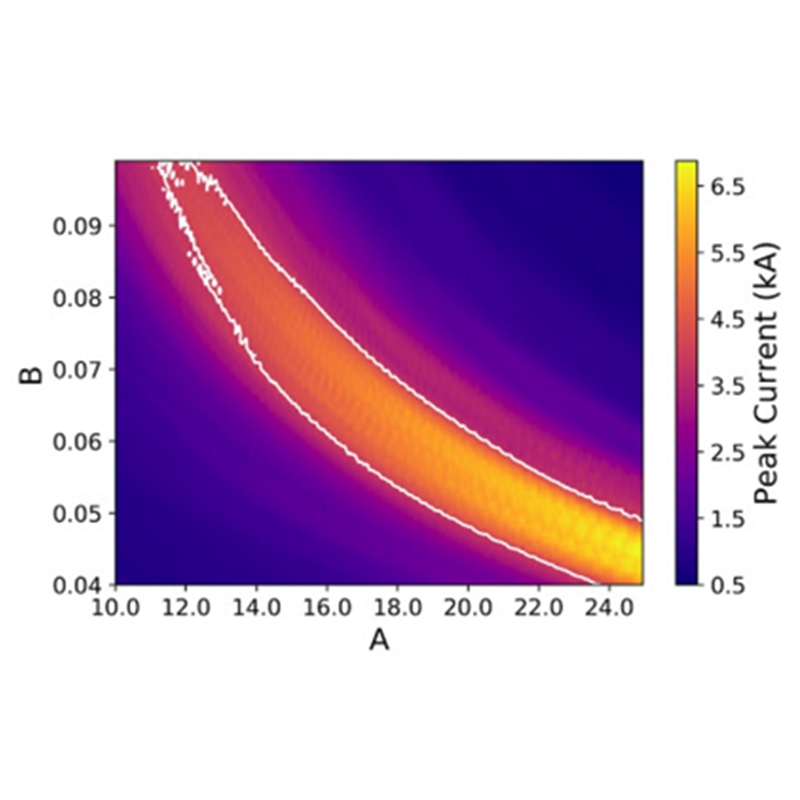Compression of Ultra-High Brightness Beams
R. Robles and J. Rosenzweig
The creation of the first X-ray free-electron laser at SLAC in 2009 introduced the scientific community to coherent photons of unprecedented high brightness. These photons were produced, however, at the cost of billion-dollar-class price tags and kilometer-scale machine footprints. This has meant that getting access to these photons is very difficult, and those who do get access do so with a strict time budget. Now, the development of critical enabling technologies, in particular, high-field cryogenically cooled accelerating cavities and short-period, high-field undulator magnets, opens the door to an X-ray free-electron laser less than 30 m in length that could potentially meet the needs of some of these scientists. We present here critical potential design elements for such a soft X-ray free-electron laser. To this end, simulation results are presented focusing on the problems in preservation of beam brightness associated with the process of bunch compression and novel ways in which those problems can be resolved. This is one of the featured present goals of the CBB theme area in Beam Dynamics and Control.
DOI:

